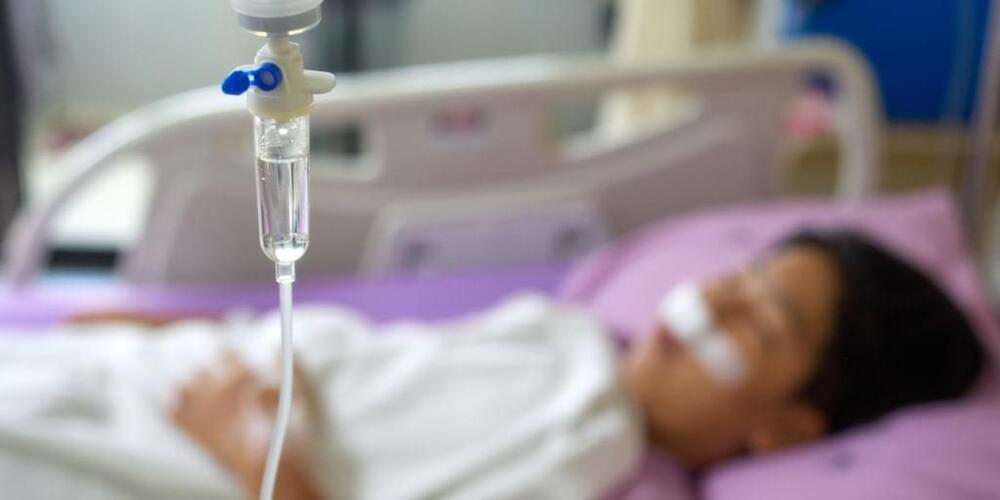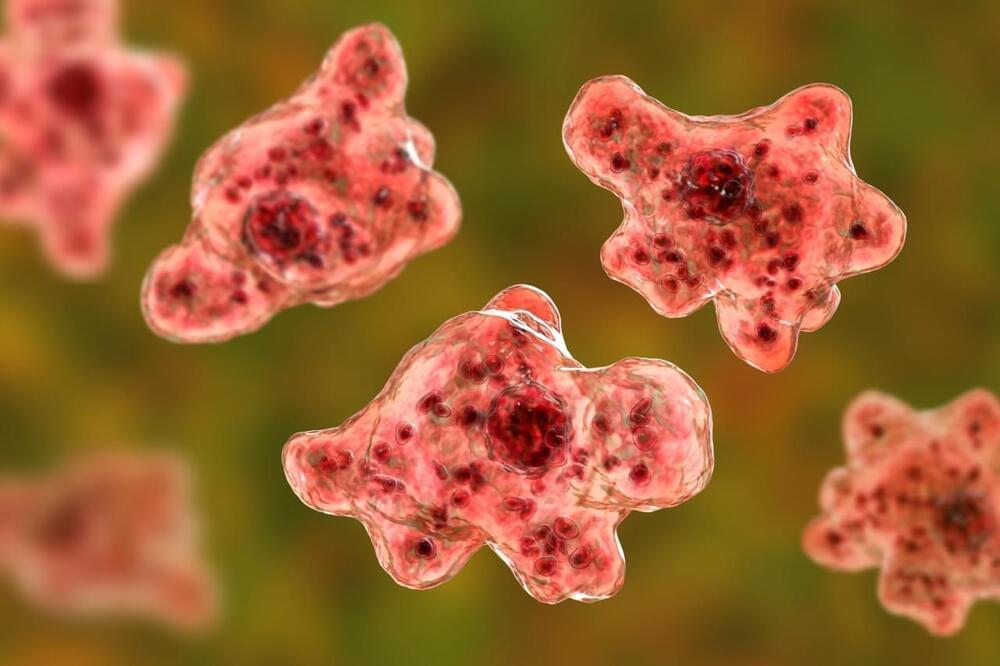The search for a way to treat Alzheimer’s disease has puzzled scientists for decades. This may be why some researchers are shifting their focus slightly, investigating whether treating the systems affected by Alzheimer’s (as opposed to the causes) may better help them find a treatment.
This is exactly what researchers of a new study have shown – finding that drugs normally used to treat ADHD may actually show promise in managing symptoms of Alzheimer’s disease.
The researchers conducted a systematic review which looked at how noradrenergic drugs (commonly used for ADHD) work for managing Alzheimer’s disease symptoms. The review found that taking these drugs improved certain brain functions and other symptoms, such as apathy, in patients with Alzheimer’s disease.






